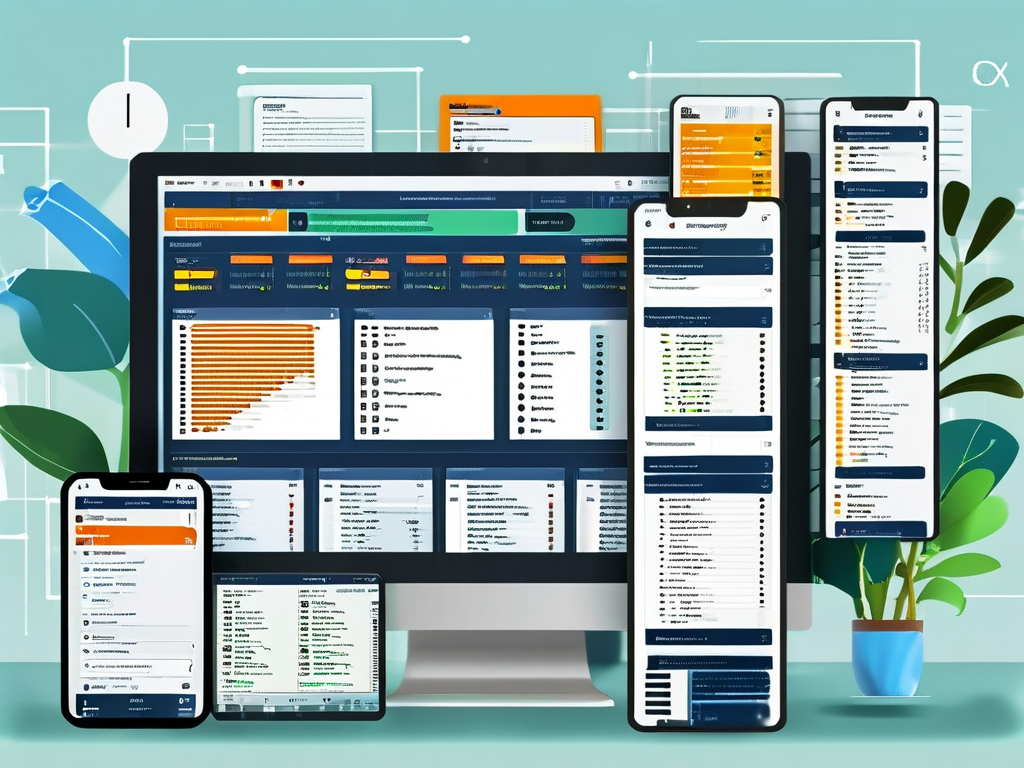In modern software development and operations, automated deployment has become a cornerstone of efficient workflows. However, when defending a project during academic or professional evaluations—such as thesis defenses or technical reviews—teams often face rigorous questioning about their deployment strategies. This article explores common challenges, practical solutions, and key considerations for addressing critical inquiries in automated deployment defense sessions.

Understanding the Core Questions
During a defense, evaluators typically focus on three areas: reliability, scalability, and security. For example, a frequent question is: "How does your automated pipeline ensure zero downtime during critical updates?" To answer this, teams must demonstrate their use of strategies like blue-green deployments or canary releases. Another common inquiry revolves around rollback mechanisms: "What safeguards exist if a deployment introduces breaking changes?" Here, emphasizing version-controlled rollback scripts and automated testing suites can showcase preparedness.
Technical Challenges in Automation
One underdiscussed challenge is environment parity. While automated deployment tools like Jenkins or GitLab CI streamline processes, discrepancies between development, staging, and production environments often lead to unexpected failures. A robust defense should include explanations of infrastructure-as-code (IaC) tools such as Terraform or Ansible, which enforce consistency across environments. For instance:
# Sample Ansible Playbook for Environment Setup
- name: Configure production servers
hosts: prod
tasks:
- name: Ensure Java runtime is installed
apt:
name: openjdk-11-jdk
state: present
This code snippet illustrates how IaC mitigates configuration drift—a point that strengthens credibility during technical evaluations.
Addressing Security Concerns
Security remains a top priority in deployment discussions. Evaluators often question: "How are secrets managed in your pipeline?" A strong response involves detailing encrypted credential storage (e.g., HashiCorp Vault) and role-based access controls. Additionally, demonstrating static code analysis integration—using tools like SonarQube or Checkmarx—shows proactive vulnerability detection.
Case Study: Handling Edge Cases
Consider a team using Kubernetes for container orchestration. During their defense, they were asked: "How does your system handle node failures during deployment?" Their response highlighted the combination of Kubernetes' self-healing capabilities and custom monitoring alerts via Prometheus. This dual-layer approach not only resolved the query but also showcased depth in system design.
Best Practices for Effective Defense
- Documentation Depth: Maintain detailed records of deployment workflows, including failure scenarios and resolutions.
- Visual Aids: Use architecture diagrams to clarify complex interactions between CI/CD components.
- Metrics-Driven Insights: Present deployment success rates, mean time to recovery (MTTR), and error frequency trends.
Succeeding in an automated deployment defense requires balancing technical expertise with clear communication. By anticipating critical questions, grounding responses in real-world examples, and leveraging code snippets to validate claims, teams can transform challenging evaluations into opportunities to demonstrate operational excellence. Always remember: the goal is not just to answer questions but to prove systemic resilience and forward-thinking design.




